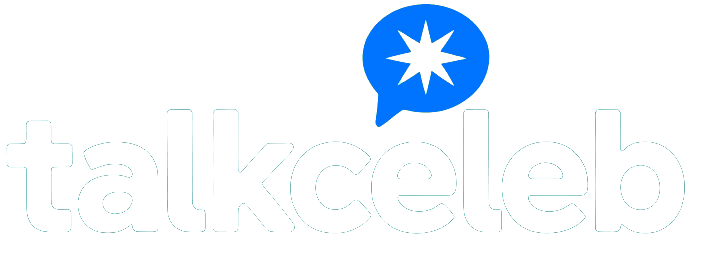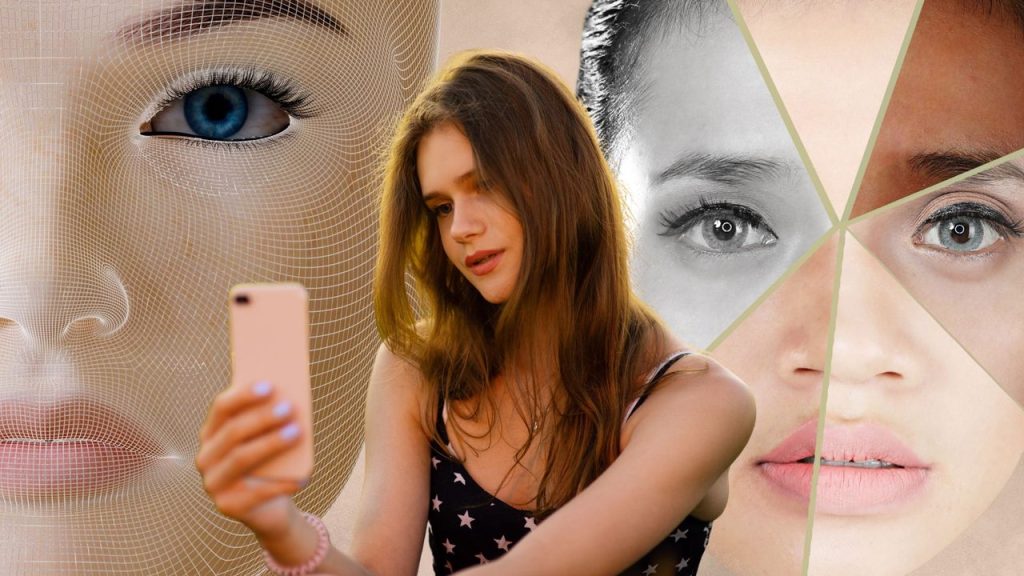In the ever-increasingly dystopian reality that is 2025, it was only a matter of time until AI models came for what remains of our dignity. In the latest Black Mirror–like storyline to come to life, clothing brand Guess has introduced its newest, hottest, most impossibly proportioned model—and she is very much not real.
As the first AI model to grace the advertising pages of Vogue, Vivienne—the statuesque blonde with dazzling teeth and gravity-defying breasts—is one of 10 creations from marketing agency Seraphinne Vallora. And, fictional as she is, Vivienne is indicating a very real and potentially devastating future for fashion insiders, consumers, and anyone with pores, body hair, cellulite…or a pulse.
At this point it feels trite to rant about the rise of unrealistic beauty standards because those standards, most often set by corporations intent on monetizing our insecurities, have never been realistic. That’s the whole point. Growing up in the late ’90s and early ’00s, elder millennials like myself were first told to strive for fragile waifishness à la Kate Moss during her Calvin Klein heyday, then girl-next-door athleticism (with the face of a supermodel), then “curviness” that was never supposed to stray too far from thinness. We were made to feel terrible for not looking enough like Jessica Simpson circa 2005, and then made to fear looking anything like Jessica Simpson circa 2009. We were sold a billion different workout programs, diet (read “laxative”) teas, and potentially harmful pills and products to “fix” our bodies, all before being told our faces weren’t good enough either.
By the late 2010s we were all expected to chase “Instagram face,” which the writer Jia Tolentino calls “a single, cyborgian,” poreless, plump, and eternally young visage created by equal parts filters, fillers, and Botox. It’s a face that, for certain subsets of very online young women, has become almost identically replicated with factory-like precision.
I guess the bar really is in hell because I’m finding myself now giving credit to the perpetrators of those early ’00s standards — after all, at least their archetypes were human. Now, in addition to the absurdity around “gene/jean” supremacy, we’re not only being inundated with ever-changing ideals as portrayed by the rare individuals who exemplify them, but also the fictitious avatars created solely to embody these very narrow definitions of “perfection.”
In other words, even the most “ideal” of bodies and faces, according to the powers that be, are too fucking human to be ideal. Now, after years and years (and did I mention years?) of being pushed and prodded to chase after beauty standards we were told were attainable if we just worked hard enough and wanted it bad enough and killed ourselves in the gym and starved and injected our faces, those standards are no longer relevant. After all, why stop at the limits of human perfection when you can create an artificial level of perfection that’s so perfect, humans will be pursuing it with money, time, and emotional currency forever?
This didn’t happen overnight, of course. For decades the aesthetic goal posts have been moving closer to uncanniness, thanks to the proliferation of subtle but transformative cosmetic procedures and imperceptible but appearance-altering social media filters. People have been looking less like people for years—it was inevitable that advertisers would eventually decide to simply skip the middle man entirely and move right to voiceless, malleable creations that fit their needs to a T and have no need for food, a paycheck, or safe, ethical working conditions.
Maybe the use of AI models was unavoidable, but it doesn’t change the fact that these unreal creations are going to further distort our already dysmorphic views on beauty and body image. And it goes further than that, according to fashion psychologist and host of Style My Mind Podcast, Jennifer Heinen. “These avatars are created using biased training data that amplifies a narrow, white, Eurocentric beauty standard,” she says. “This doesn’t just damage body image; it fractures identity. When your shape, skin, or self is missing from the media you consume, it sends a message: You don’t belong here.”
Heinen says that this kind of erasure affects people’s self-worth and reinforces a system that keeps real people feeling less-than. And that kind of mental manipulation isn’t reserved for consumers—it also degrades and displaces the people within the industry. And before you roll your eyes at the prospect of feeling sorry for high-paid glamazons, consider the fact that the introduction of AI models like Vivienne and her imaginary counterparts are pushing out changemakers who have been actively working to dismantle historically stringent and toxic beauty standards too.
Model, influencer, and self-proclaimed CEO of Confidence Ella Halikas has pushed for more inclusivity and visibility within the fashion industry and has vehemently opposed the categorization of models according to body type. Not only do AI models put her job in jeopardy, but they threaten to undo any progress she and others have made in helping to democratize fashion and beauty.
“Unfortunately, using AI models sounds like a dream for brands; they don’t have to pay, feed, or contract these models,” Halikas says. “In fact, brands get to use, manipulate, alter, and engineer the exact image they want to be included in their campaigns. I hope to see pushback to this, due to the lack of clarity of how a product genuinely fits on a human’s body when seeing it displayed on AI. Unless there are strict regulations, more transparency, and a huge cultural push for realness and authenticity, this very well could be the new norm in our industry.”

